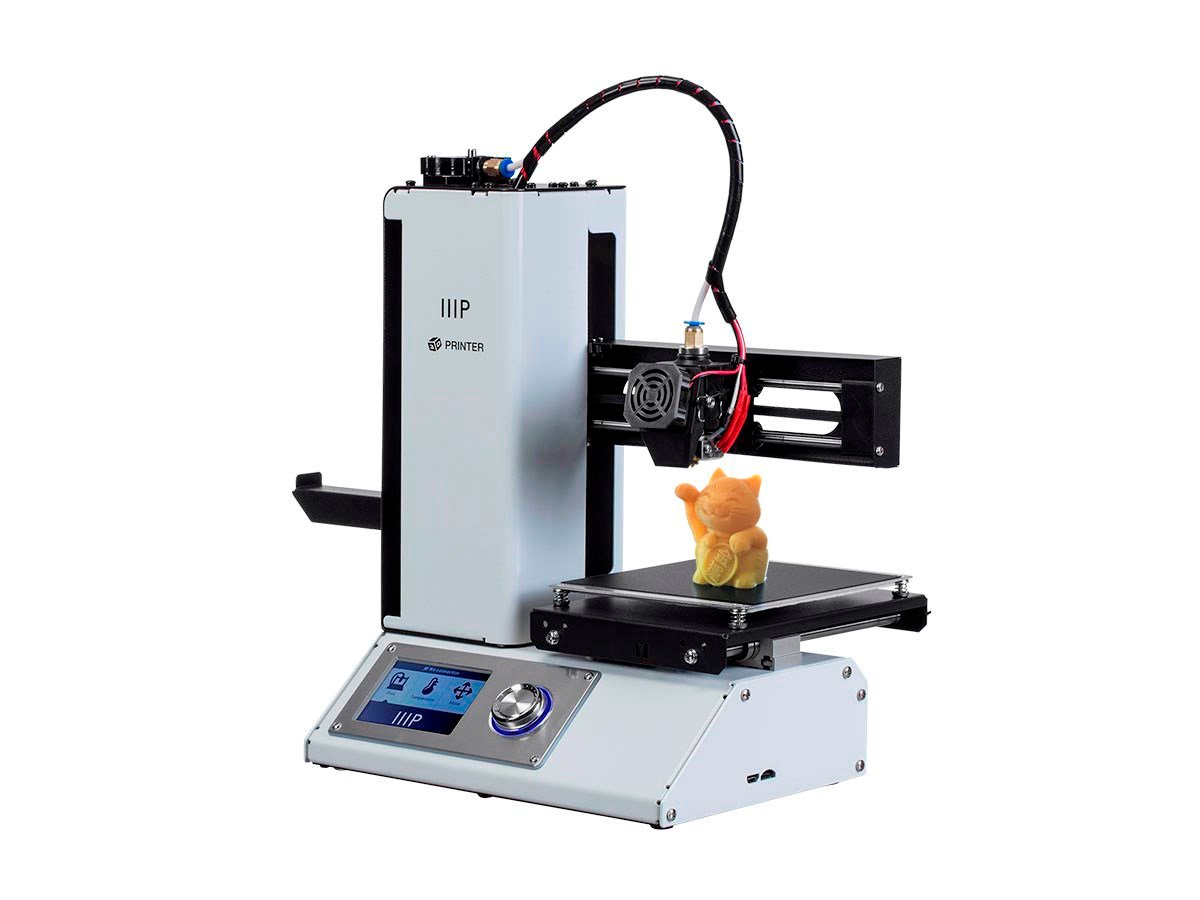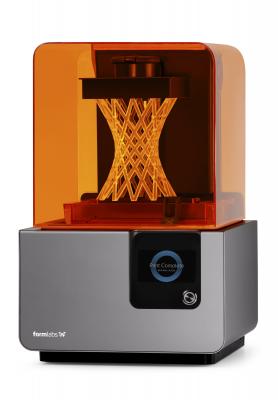By: Liam Godin
Since I have done a lot of research into 3D printing recently, I thought that a blog on the current technologies in 3D printing would be a good choice.
3D printing has come a long way since it became somewhat accessible for schools and hobbyists. The technology has moved forward at an impressive speed since projects such as RepRap began. The price, accuracy, and ease of access for desktop 3D printers have all made the purchase of a 3D printer much more realistic for individuals or organizations. 3D printing is no longer an incredibly expensive, unrealistic technology to have in the home. Several companies have pushed the limits of an inexpensive printer, sometimes failing and making a mess of a product, and other times succeeding and setting the new bar for an inexpensive machine.
 |
| The Monoprice Mini Select |
Devices such as the Monoprice Mini Select brought the possibility of owning a 3D printer in the home into reality.
 |
| An example of an SLA print |
The most common type of 3D printer utilizes Fused Deposition Modeling (FDM) printing. These printers are the most inexpensive, common, and accessible printers. There are several other technologies used to make models and parts however. Stereolithography (SLA) is another 3D printing technology, slowly rising in popularity and lowering in price. SLA printers utilize a resin that is partially cured by a laser. This technology is far more precise than FDM, creating much higher detail models, but at a much higher price. SLA printers are perfect for model making and other printing which requires extremely high detail.
 |
| The FormLabs Form 2 |
There is also another technology emerging, having very few desktop style printers. This technology is Selective Laser Sintering (SLS). This printing method does not require supports, making it an incredible method for accurate model making. This technology does come with its catch however. The material used to print is a powder, making it unrealistic for desktop use. The powder spreads and would get everywhere. Open dedicated spaces are the only place that these printers could be used. Form Labs and Sinterit have both created printers for desktop use utilizing this technology, however they are very expensive. Eventually, this technology will most likely come down in price, though that may be in the distant future.
 |
| Examples of SLS prints |
 |
| The FormLabs Fuse 1 |





No comments:
Post a Comment